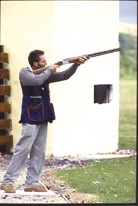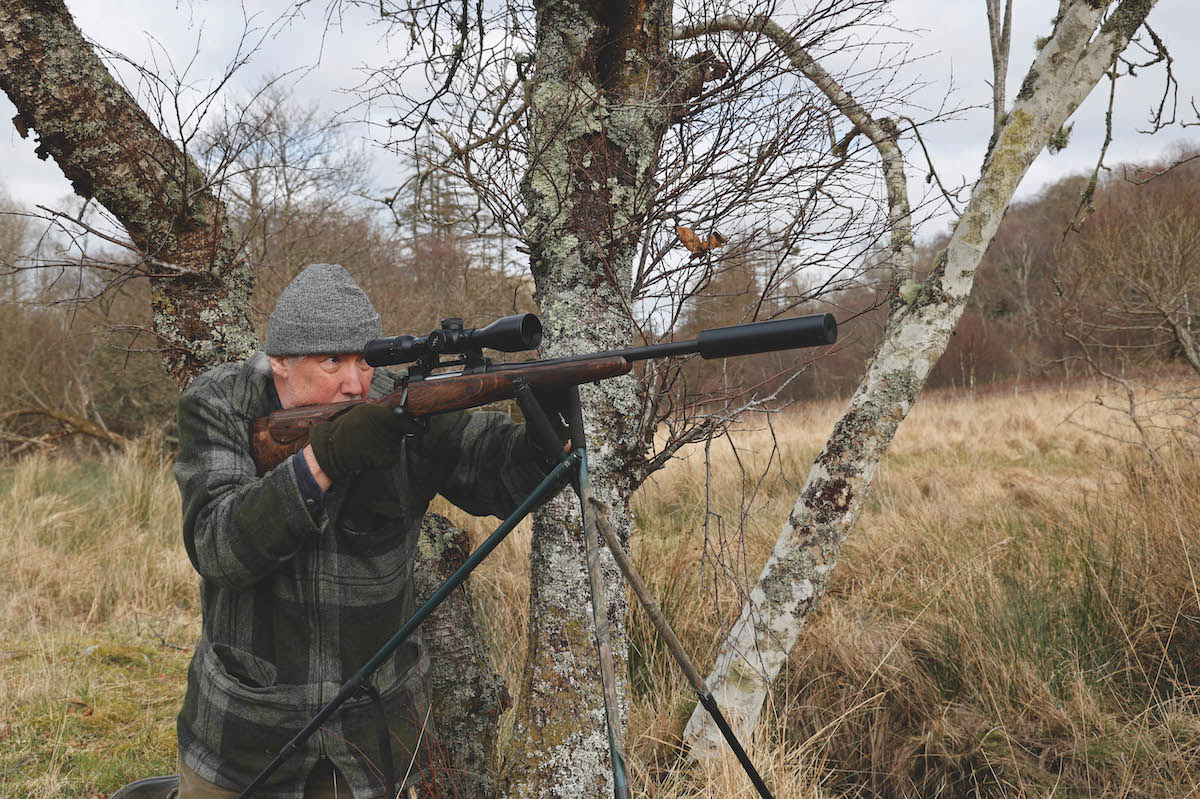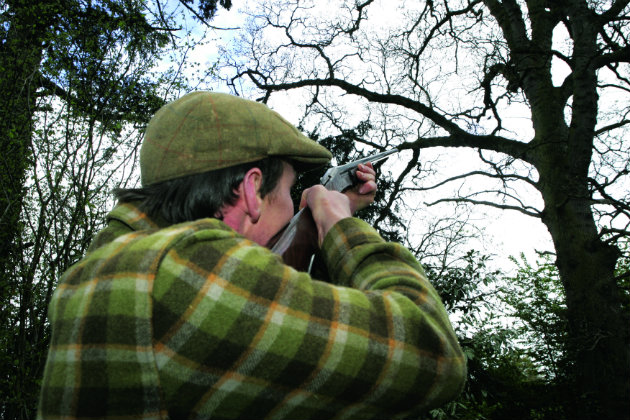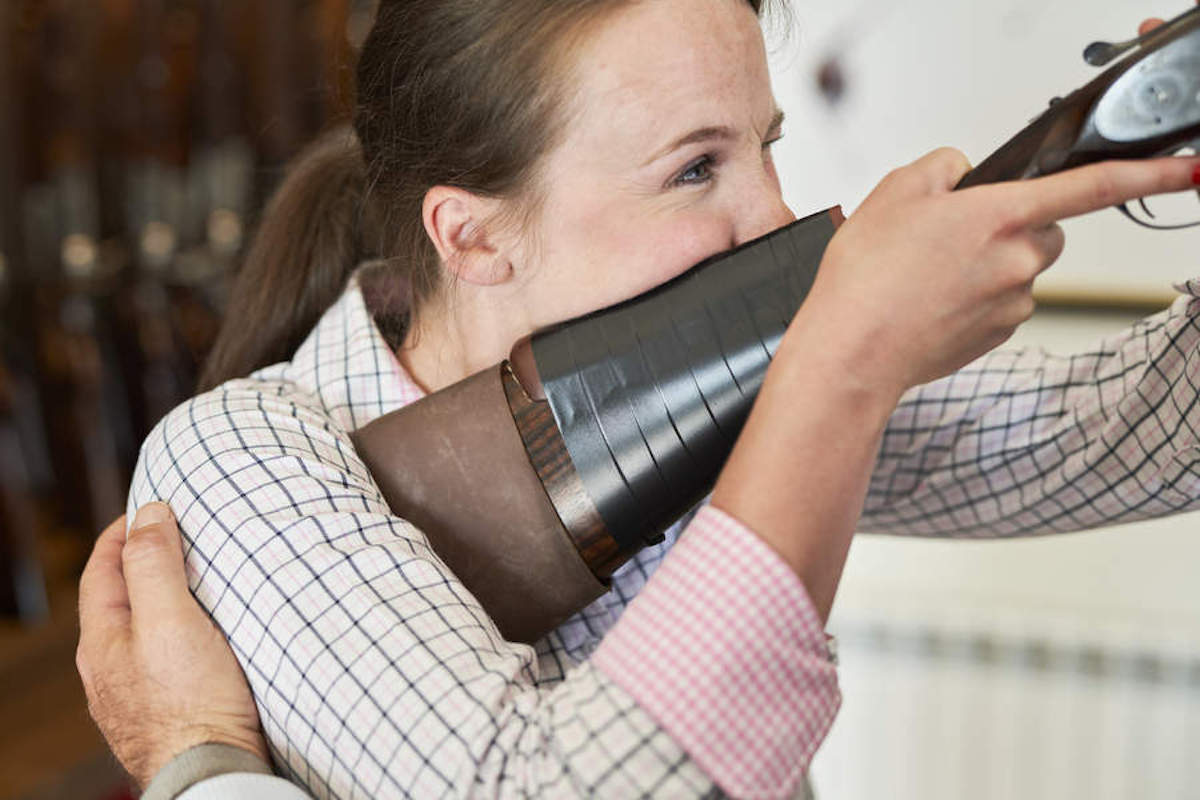Shooting problems

Tuition
Q: The other day I came across a straight driven combination that caused me quite a few problems. I managed to hit the first, fast, overhead bird without trouble but the easier on-report target got away every time. This followed the same line as the first but was much slower and almost came to a standstill above the safety cage.
JOHN BIDWELL says: Without actually seeing you shoot it’s hard to say but it’s possible that one of three things was happening here. The first, and most likely, is that having shot the faster bird of the two you failed to readjust to the slow follower and, by shooting it in the same place, missing in front.
Treat these as two different targets by dropping the stock slightly out of the shoulder after the first shot and shoot the on-report bird a little earlier, before it gets directly overhead. Taking the bird that bit sooner will also help prevent you slowing the swing of the gun and missing behind.
The third thing to avoid is letting such a slow bird get directly overhead because in this position you might be encouraged to rock your weight onto the back foot, lifting your head from the stock at the same time. If this happens it will drag the muzzles off line and cause a right-hander to miss to the left – or right of the target in the case of a left-handed shot.
Q: I always have problems with quartering-away crossers thrown from either the left, or right. How should I shoot them?
JOHN BIDWELL says: Sounds to me as though there’s a basic fault here with your actual preparation, so you need to go back to the drawing board and work on the three essentials – stance, muzzle position before calling for the target and where to look for the bird after calling ‘pull’.
Each of the three main shooting methods – pull away, follow-through and maintained lead – demand slight variations on a theme but the one thing they all have in common is correct stance in relation to where the target is going to be killed. This, then, should be your starting point. Once this has been established it’s a case of experimenting with the other two until everything fits together.
For instance, if it feels as though the target is giving you the ‘jump’ and making you rush the gun mount and swing, then hold and look a little farther out on the flight line to give you more reaction time. On the other hand, if you feel as though you’re waiting too long for the target then take your gun and gaze a little nearer to the bird’s entry point and see what difference that makes.
If quartering birds like this really are a problem then you could do a lot worse than take yourself off to a skeet range and concentrate on nothing else but targets from Station Two High, and Station Six Low houses. True, they might lack distance but these birds will teach you the absolute importance of getting all three elements right.
As a form of practice it can’t be beaten!
Got a question? Contact: sportinggun@ipcmedia.com or Sporting Gun, PO Box 157, Stamford, Lincolnshire PE9 9FU








